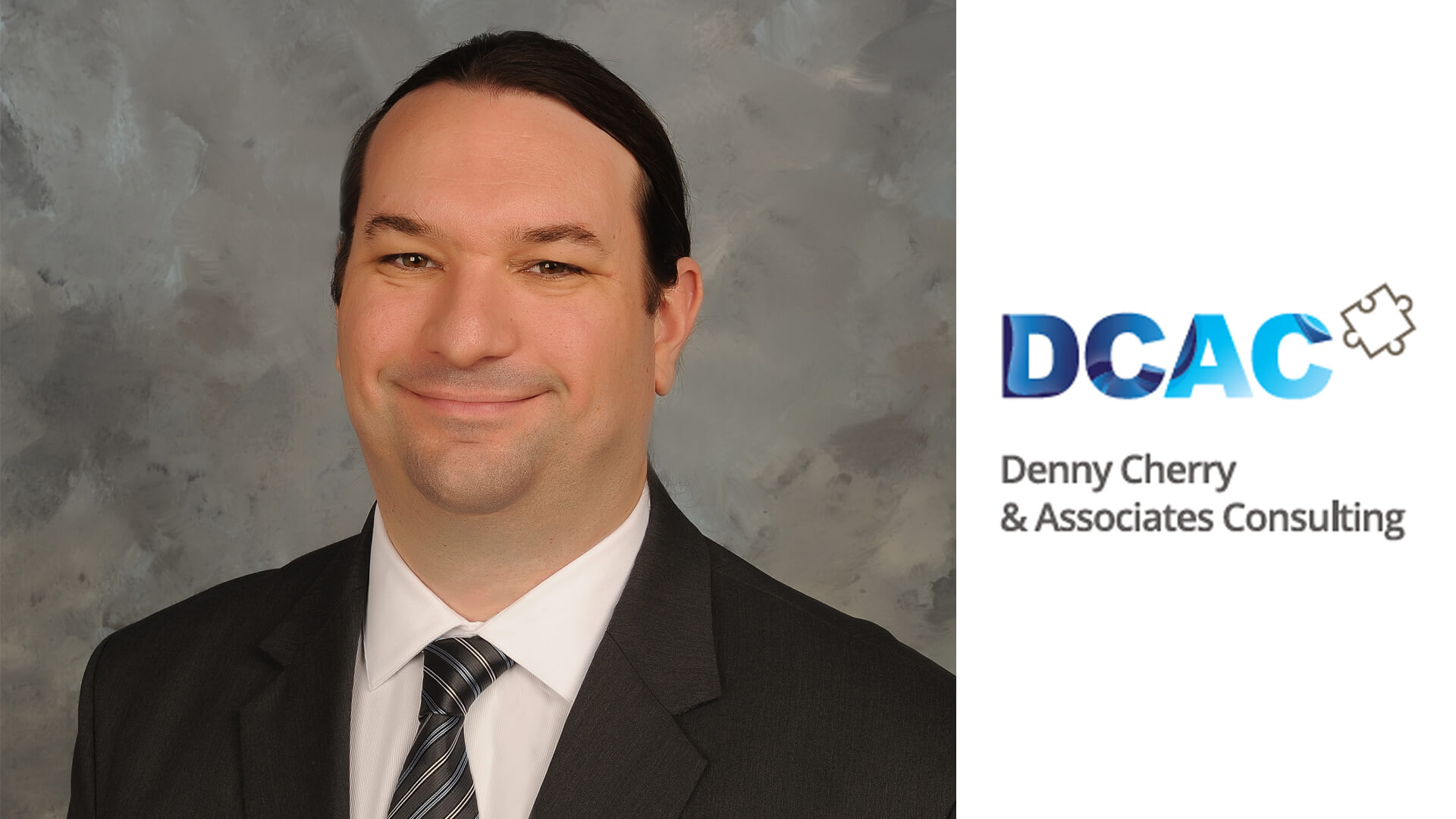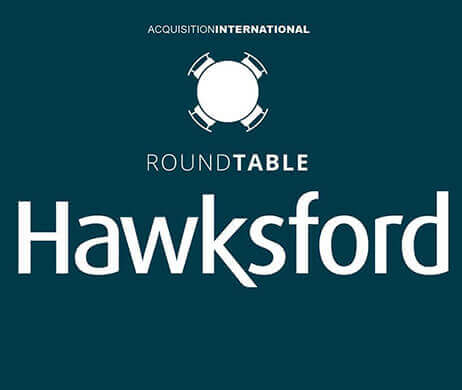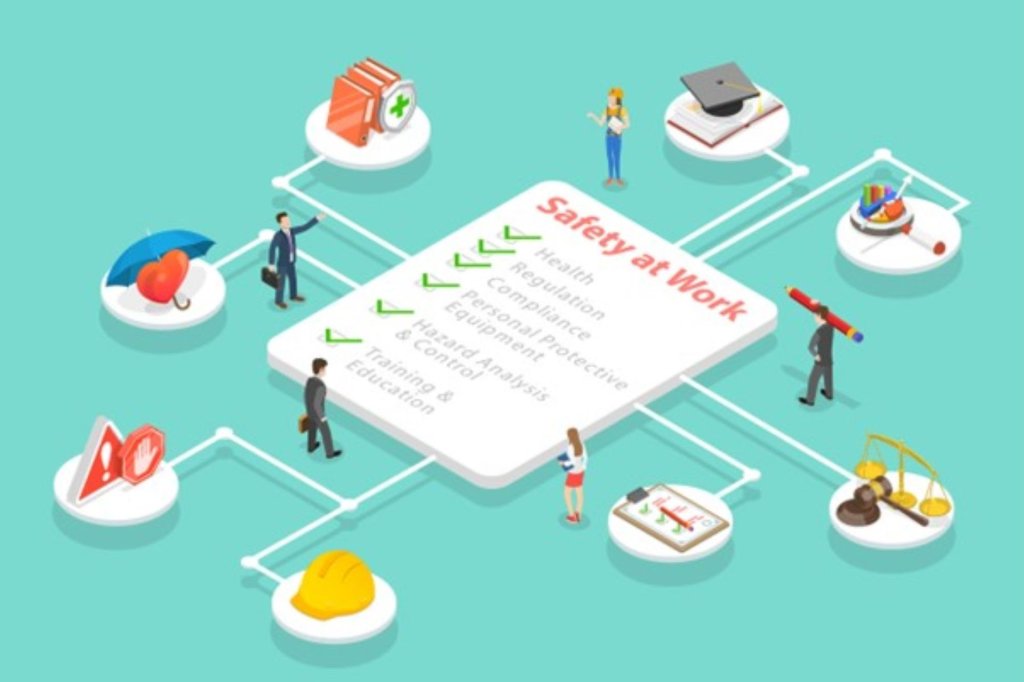
The Virtuosos of Cloud Consulting
At Denny Cherry and Associates Consulting [DCAC], expertise is the primary differentiator from other cloud consulting companies.
Renowned for their impressive list of cross-platform experts – more than 80% of whom are Microsoft MVP’s – the company assists small, enterprise and corporate companies to reliably attain their cloud technology goals.
“The primary benefit of DCAC is the reliability of the solution. You have the benefit of multiple, globally renowned experts working your case. You will likely only meet only one or two of them, but we all routinely engage the rest of the team for tweaks in their area of specialization to ensure optimal results,” CEO and founder Denny Cherry explains.
Since their inception, DCAC has won countless awards for their dexterity in cloud technologies, and just last week the company made the illustrious Inc. 5000 List of the Fastest Growing Companies in the U.S.
“Most of our consultants were working with Azure and other cloud technologies before they were even publicly available, so when it comes to cloud consulting, we’re a great bet.”
Cloud Migration Made Easy
One of the most popular services DCAC offers is cloud migration. “Migrations are an exciting starting point for many of our clients, because once they get there, we can actually show them the possibilities for their long-term goals like their Big Data or Data Warehousing projects. They tend to come back to us to initiate projects that will increase production or even revolutionize their business.”
Where’s the best place to start with a migration project? Cherry starts by asking clients to honestly assess their company’s IT habits and long-term goals before designing a migration. “I ask how they’ve managed their servers and software for the last decade,” Denny explains. “If your company regularly postpones updating out of support software or replacing legacy hardware, that’s probably not going to change. So it’s worth considering an all-cloud solution. We did that for a Tier II company that was shopping for server parts on eBay. They now have the benefit of the latest and greatest software and still save 15% a year on their annual IT spend.”
What about companies that hesitate to migrate due to proprietary applications?
“If migrating to the cloud is your goal, your applications should never be viewed as an inhibitor to that goal. They can be updated and/or paired with software editions that enable not only their transfer, but increase efficiency,” Denny explains.
Data Warehousing
Some of the most exciting projects DCAC handles are data warehousing challenges: companies that need to not only retain large amounts of data, but enable staff and clients to process that data.
DCAC recently completed such a project for the internationally renowned Elizabeth Glaser Pediatric AIDS Foundation [EGPAF]. The project involved the rapid transfer of medical information on behalf of mothers and children suffering from the AIDS epidemic in multiple African countries so they could receive treatment more rapidly. According to the foundation, DCAC’s innovative solution has the potential to save up to 300,000 administrative hours per year, a 75% reduction in the time spent gathering and aggregating data.
“That was definitely one of the more challenging projects we’ve ever designed, because it involved large amounts of medical information in multiple, non-standard formats, across international lines. The project was incredibly rewarding. It was a great feat, sure. But more notably, you never think you’re going to get the chance to save lives working in IT, and that’s what EGPAF told us we helped them achieve. Having clean, trustworthy data faster and more reliably means better medical outcomes for the thousands of HIV and AIDS patients they assist,” Denny says proudly.
DCAC also designed a renowned data warehousing solution on behalf of real estate data company ATTOM Data. ATTOM was awarded the opportunity to standardize more than 50 terabytes of real estate data from every city and county in the U.S, with the objective of enabling the entire industry to retrieve, process and analyze the information.
“ATTOM’s CTO estimates the solution is saving them 30% of their budget on IT infrastructure,” Denny adds.
Report Modernization
Another popular DCAC solution is report modernization. DCAC’s data warehousing project for non-profit EGPAF included this as a key component.
Cherry explains, “EGPAF wanted to increase their donor’s understanding of where their dollars are going, in order to encourage further funding. As they’re dealing with medical data, and therefore strict ethical and legal boundaries, that added another level of complexity to designing the solution. But we got them there.”
DCAC’s All-Azure solution for EGPAF earned them three American Business Awards this year, including “Technical Innovation of the Year” and “Technical Professional of the Year” for lead architect Joey D’Antoni.
One of the key aspects of report modernization is improving report accessibility. This means using inclusive design principles and taking advantage of the accessibility features built into reporting tools to ensure that all members of an intended audience can consume information in reports regardless of their varying visual, cognitive, and motor abilities. These design steps range from setting tab order for keyboard accessibility to checking that colors used are colorblind friendly to replacing jargon. “One of the things that we’re really proud of is the ability for any person on our client’s team to be able to read and understand the reports that we create, no matter what their visual, cognitive, and motor abilities differences are.” Cherry explains. “Even if they are brought onto the team later on, we want what we deliver to be usable by them on their first day.”
Performance Tuning
While designing revolutionary new solutions may be where DCAC earns awards, performance tuning is where clients are the most grateful.
“Our most frequent discussions with prospects involve the words, ‘It’s slow, I don’t know why it’s slow.’ Slow processing affects your entire organization: your data, your employees, and your bottom line. When you do cross-platform performance tuning the way we do it, there’s always a marked improvement in speed. And the clients don’t even have to say anything, the relief is visible in their faces. I always wonder how much stress they were carrying around and for how long before they called us.”
Data Security
The author of multiple books on the subject of data security, DCAC is on the side of pointing out potential security issues on engagements as a matter of ethics. With the large number of data breaches reported in the last year, CTO’s tend to appreciate the red flags.
“We always take the approach when designing a system for a company that the system will be breached, so the data needs to be stored in a way that it’s going to be protected. The last thing we want is one of our customers to have a data breach that allowed customer data to be released. Because of this we always work under the assumption that a breach is going to happen, and we design the database accordingly to prevent data exposure.” Cherry says of data security.
Ready for Tomorrow’s Challenges
What’s the next cloud challenge DCAC anticipates? What will clients be calling for tomorrow?
Cherry ponders the question. “Compliance. If you’ve got legacy SQL 2008 systems that are running parts of your SOX business on-prem today, those will be out of compliance soon, unless you move them to the cloud.” SOX is the nickname for the Sarbanes-Oxley Act of 2002, which was designed to protect shareholders and the general public from accounting errors and fraudulent business practices, as well as to improve the accuracy of corporate disclosures.
Cherry explains, “If you move it to the cloud, you’ll be able to keep getting security updates allowing you to stay compliant. All while modernizing your applications and moving them to either cloud ready versions of the applications, or at least something newer than software from 2008.”




















